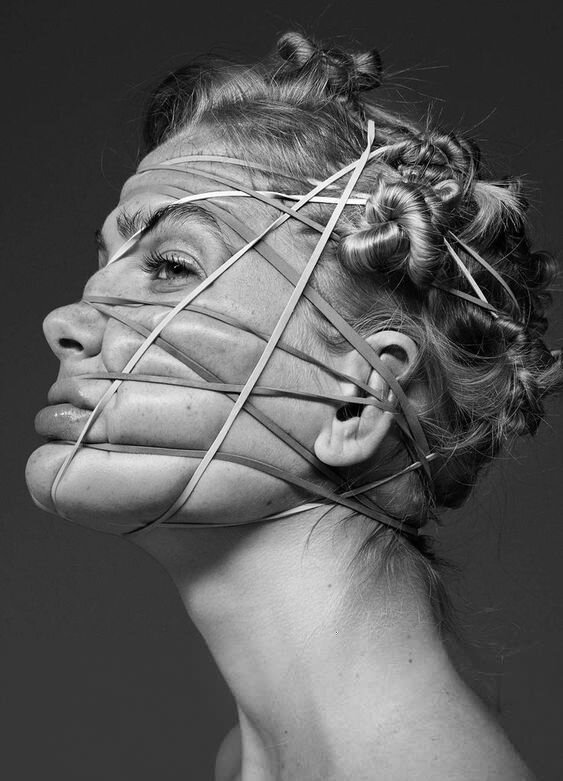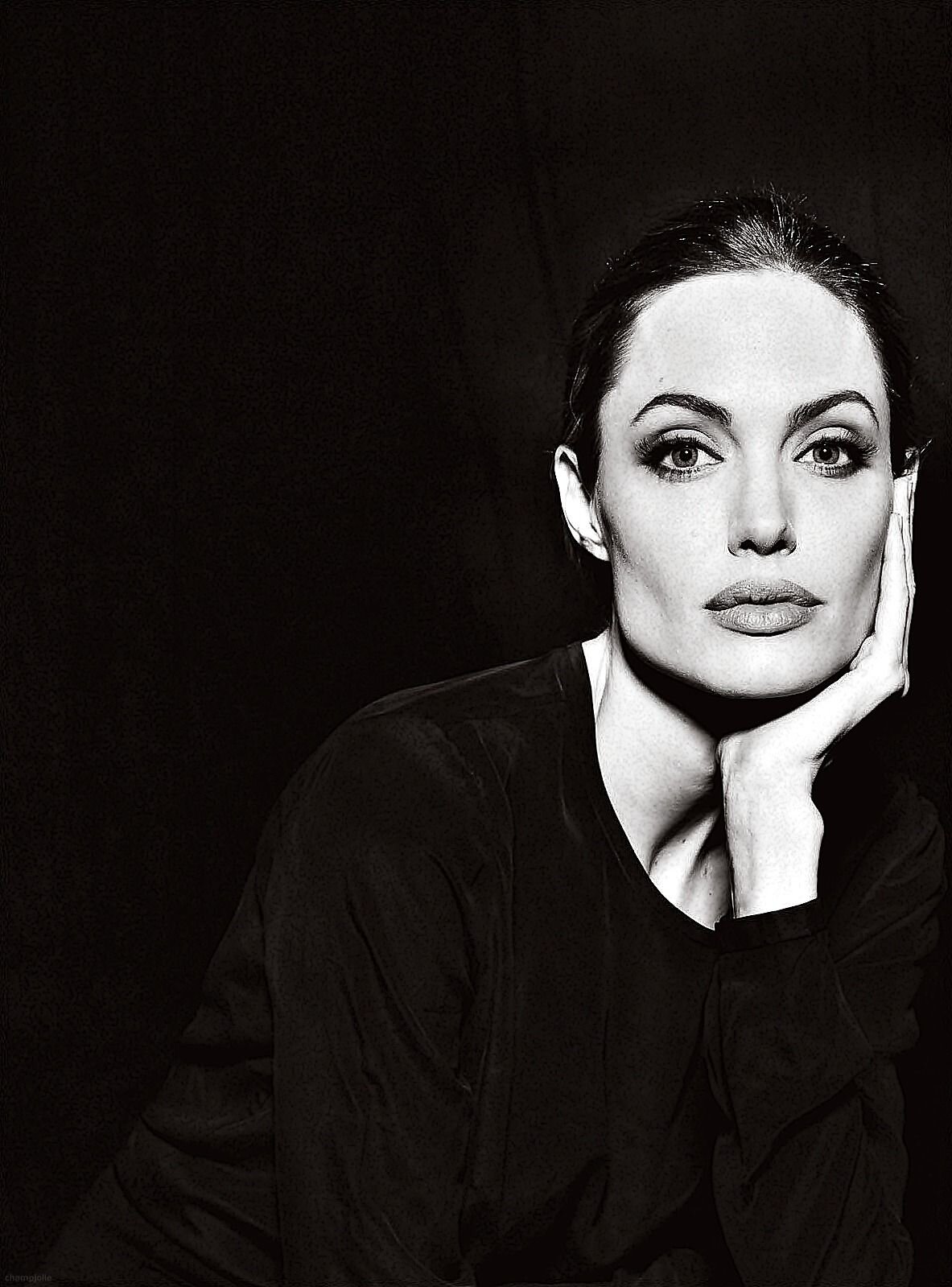Whether you’ve ever even heard the name John Rankin Waddell or not has little bearing on the fact you are sure to know the work of Rankin - the name by which the celebrated British photographer is better known. Considered one of our times brilliant creators, a capturer of stills and film that reach the world in a way that has allowed him become a recorder of the century.
Born in Glasgow, Scotland in 1966, Rankin moved several times due to his Dad’s job and ended up spending his teenage years in St. Albans in the countryside of Hertfordshire in England. Of his childhood he says ‘I wasn’t really surrounded by much imagery growing up. My parents were lower-middle-class. Art and culture wasn’t something they ever had any contact with and consequently I didn’t either”. His first foray into photography didn’t comet light until he was in his late teens when a local hairdresser who typically cut his hair asked if he could photograph his new look. However it wasn’t until he was 21 that he actually starting shooting his own work - all the while doing the rather opposing task of studying for an accountancy degree at Brighton Polytechnic. During this time he began to further investigate the medium of print and with a quickly growing love of the creative world he deserted his accountancy studies and began a formal education in photography at the London College of Printing.
It was at college that he met Jefferson Hack and together they started a friendship that would become an infamous relationship from which would stem successes far beyond realms of anything the young photographer had once been allowed imagine in his childhood, once the furthest thing from art and the cultured world of London’s creative scene. Together they founded Dazed + Confused. The celebrated publication began - and has ever since remained - a cult status monthly style magazine, documenting the art and culture scenes of the Brit Pop and Britart movements. Now just called Dazed, the publication has been in existence for 28 years and continues to be one of the industries go-to authorities on style and culture.
It was the early 90’s and the era was a super creative one, the parties were notorious and the high-brow fashion scene was on fire. The magazine was a direct link for Rankin to create and share amazing images and be invited to all the right parties. He got to shoot all the ‘in’ crowd and using his inherent curiosity about people’s character he was motivated to keep on creating. While working with his subjects he is known to talk to them ceaselessly so as to provoke a natural yet different outlook of their personality. “Portraiture for me is all about making a connection with my subject, building up a rapport, which the viewer also feels”, he says.
He has gone on to shoot an incredible list of famous faces including celebrities, politicians, models and , from The Rolling Stones, Daniel Craig, The Spice Girls, Bill Nighy and George Michael to Kate Moss, Jude Law, Britney Spears, Tony Blair, Alicia Keys, Cindy Crawford and Grace Jones. Also part of his priceless portfolio is Adele, Alexander McQueen, Pharrell Williams, Kate Winslet, Carey Mulligan, Alicia Vikander, Ralph Fiennes, Selma Blair, Madonna, Damien Hirst.. the list goes on and on. Perhaps some of his most notable portraits are of Queen Elizabeth and Prince William. Rankin’s commercial work has included campaigns for Rimmel, Nike, Dove, H&M, BMW, and Coca Cola. Branching into directing, he has also creatively directed music videos for artists like Kelis, Miley Cyrus and Rita Ora among others.
Apart from his extensive work as a portrait and fashion photographer he has extended his collection of magazines over the years, launching others publications like RANK, Another Magazine, Another Man, and his most recent, HUNGER, a bi-annual fashion bible which is accompanied by HUNGERTV.COM, a website that adds a whole other creative layer to each shoot in the magazine with behind-the-scenes film.
So from his early and more provocative portraits in the 80’s to becoming one of the most sought after photographers of our time, Rankin has helped both the creation and capturing of the attitudes and aesthetics of a generation.















































































